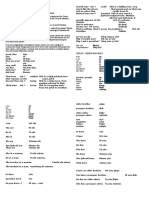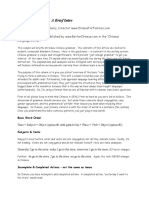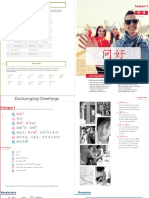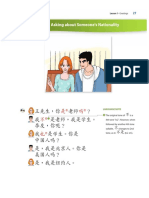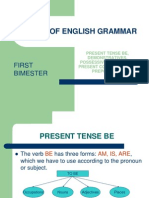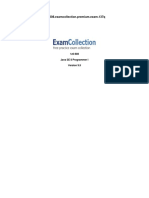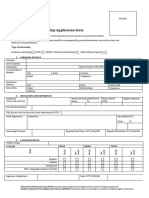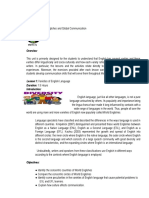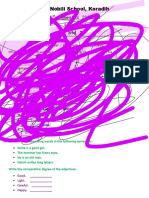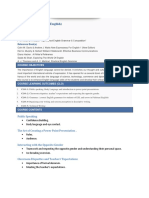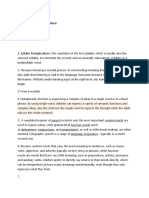0% found this document useful (0 votes)
97 views17 pagesBasic Mandarin Grammar Guide
This lesson introduces common family members in Mandarin Chinese and provides vocabulary for family relationships. It discusses terms for immediate family like father, mother, brother, sister, as well as extended family members like grandparents. The lesson also provides vocabulary for describing one's family composition, such as having two siblings or a certain number of family members. Additional vocabulary covers places one might work and locations like hospital, school, office, hotel, and different types of restaurants. An exercise at the end involves reading a passage and answering true/false questions about a family.
Uploaded by
nethmangapuro05Copyright
© © All Rights Reserved
We take content rights seriously. If you suspect this is your content, claim it here.
Available Formats
Download as PDF, TXT or read online on Scribd
0% found this document useful (0 votes)
97 views17 pagesBasic Mandarin Grammar Guide
This lesson introduces common family members in Mandarin Chinese and provides vocabulary for family relationships. It discusses terms for immediate family like father, mother, brother, sister, as well as extended family members like grandparents. The lesson also provides vocabulary for describing one's family composition, such as having two siblings or a certain number of family members. Additional vocabulary covers places one might work and locations like hospital, school, office, hotel, and different types of restaurants. An exercise at the end involves reading a passage and answering true/false questions about a family.
Uploaded by
nethmangapuro05Copyright
© © All Rights Reserved
We take content rights seriously. If you suspect this is your content, claim it here.
Available Formats
Download as PDF, TXT or read online on Scribd
/ 17







